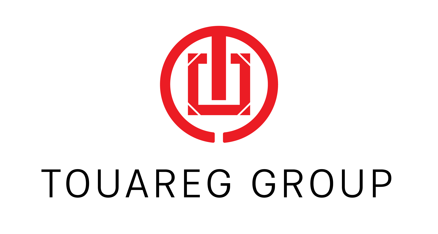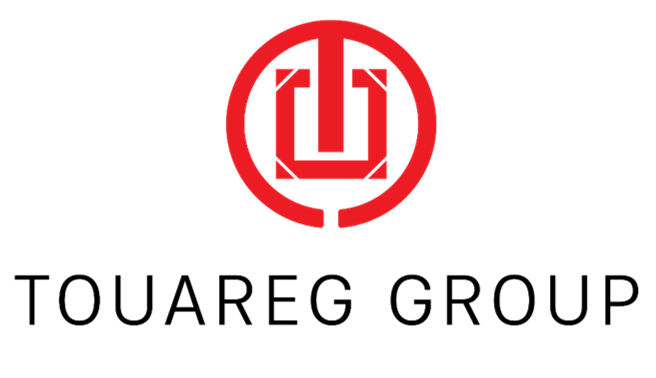


A Special Purpose Acquisition Company (SPAC) represents a distinct investment vehicle within the financial world. Established with no operational business, a SPAC's primary aim is to raise capital through an Initial Public Offering (IPO) and subsequently use these funds to identify and acquire private companies. The ultimate goal is to take these private companies public, thereby streamlining their transition to the public market.
The mechanics of a SPAC are relatively straightforward. It begins by raising funds through an IPO, selling units that typically consist of common shares and warrants. Once the capital is raised, it is placed in a trust account, awaiting deployment for future merger and acquisition endeavors. The SPAC then embarks on the search for a suitable target company for acquisition, with a designated timeframe, generally one to two years, to complete this process.

A notable example of a SPAC in action is Nikola Corporation, a U.S.-based manufacturer specializing in new energy vehicles. Founded in 2015, Nikola focuses on developing electric trucks and hydrogen fuel cell vehicles. In 2018, Nikola announced its intention to go public through a merger with VectoIQ Acquisition Corp., a SPAC led by former General Motors executive Steve Girsky, known for targeting new energy vehicle companies. The merger was finalized in June 2020, leading to Nikola's debut on the NASDAQ stock exchange.
Nikola's stock price experienced significant volatility post-merger:
• June 4, 2020: The merger was completed, and the stock listed with a closing price of $37.55.
• June 9, 2020: The stock peaked at $93.99.
• February 10, 2021: Following negative reports, the stock price dropped sharply to $17.87.
• July 18, 2023: The closing price settled at $9.21.
This case vividly illustrates the potential for substantial fluctuations in SPAC-associated stock prices. While the SPAC structure facilitates a faster route to public listing, it is accompanied by inherent risks, including the need for diligent research and scrutiny of the target company.
From an investor's perspective, SPACs offer a promising avenue to potentially capitalize on high-growth private companies transitioning to the public domain. Investors have the advantage of waiting until a target is identified, which can mitigate some initial investment risks. However, it is crucial to approach SPAC investments with a discerning eye. Some SPACs may struggle to identify suitable acquisition targets within the allotted timeframe, potentially leading to idle funds. Furthermore, once a target is found, rigorous due diligence is essential to evaluate the viability and prospects of the target company.
At Touareg Group, we recognize the unique opportunity that SPACs present for both private companies seeking a rapid public listing and investors seeking new avenues for growth. We emphasize the importance of comprehensive research and due diligence in evaluating SPACs. While SPACs can provide a streamlined path to the public market, they also entail specific risks that must be carefully considered. By leveraging our expertise and industry insights, Touareg Group aims to guide investors through the complexities of SPAC investments, ensuring informed decision-making and strategic positioning.
In conclusion, SPACs serve as a specialized investment tool offering private companies a faster route to public markets while providing investors with a wait-and-see approach. However, navigating the SPAC landscape requires caution, thorough research, and strategic evaluation to optimize investment outcomes and minimize risks.
Other News

